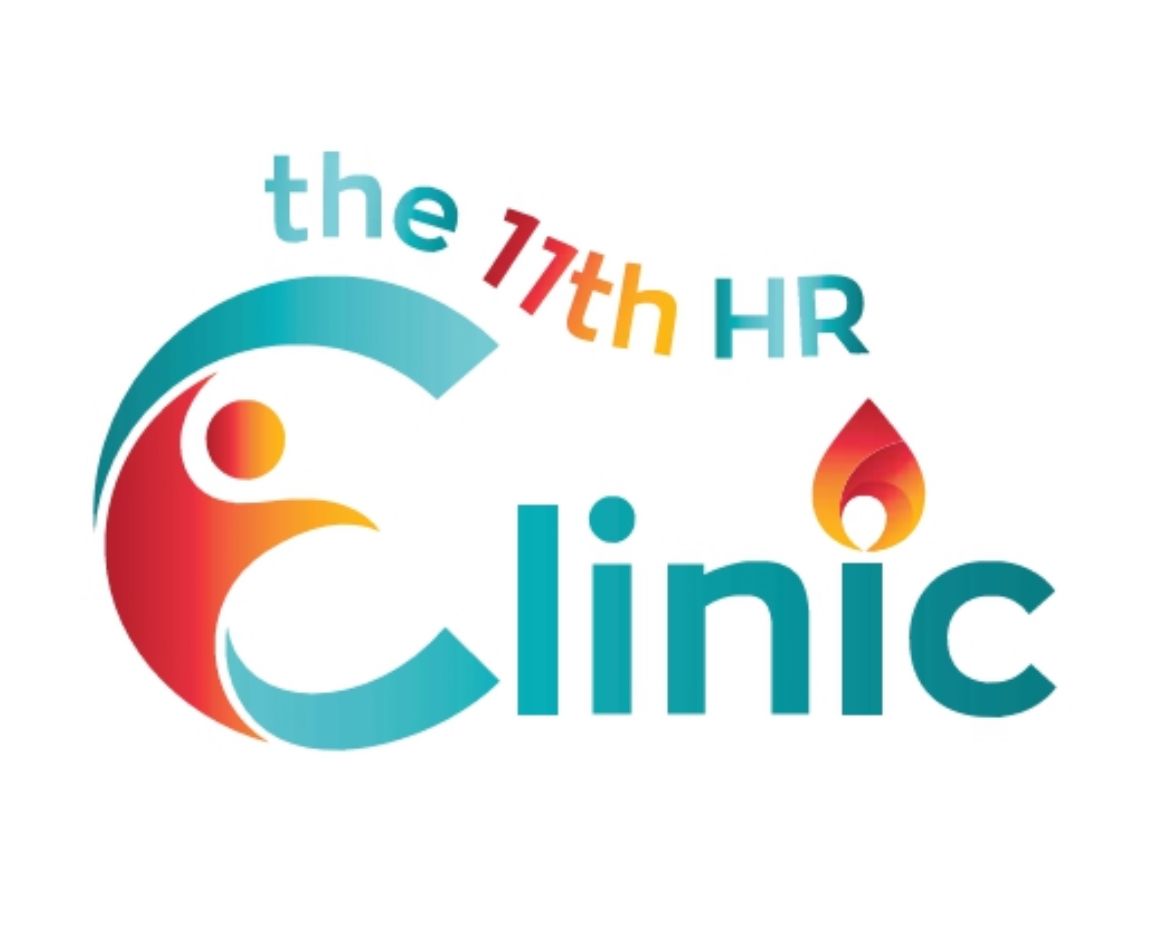Cyclone Tracy: 50 years of Resilience
Small but Deadly. What lessons were learned?
Cyclone Tracy, which struck Darwin, Australia, on December 24–25, 1974, was one of the most devastating natural disasters in Australian history. A small cyclone of 100km in diameter, with a tight core and 240km/hr winds, cyclone Tracy destroyed about 70% of Darwin’s buildings, killed 66 people, injured 175 people and left 25,000 of the city’s 47,000 residents homeless. There were a number of lessons learned from Cyclone Tracy which have shaped changes in building codes and reconstruction, cyclone preparedness, disaster management, evacuation planning and psychological and social support. Providing psychological and social support for people experiencing natural disasters is essential for helping them recover emotionally and mentally. Disaster survivors often experience shock, anxiety, depression, post-traumatic stress disorder (PTSD), and grief.
Ways to support people following a natural disaster include the following:
Psychological First Aid
This is most often best provided by locals and community members. In order to provide effective psychological first aid it is important to:
- Stay calm and listen: Be present, offer reassurance, and listen without judgment.
- Ensure safety: Help survivors feel physically and emotionally safe.
- Meet basic needs first: Ensure access to food, water, shelter, and medical care.
- Connect with loved ones: Help them reunite with family and support networks.
- Provide accurate information: Reduce anxiety by giving clear, factual updates.
Crisis Counselling and Emotional Support
Counselling and support services should be offered by trained professionals such as psychologists, social workers, and trauma specialists Helplines can provide immediate emotional support, in addition to crisis centres. Support groups aid in resilience where survivors can share experiences and heal collectively. In time, community healing activities, such as memorials or remembrance ceremonies are important to acknowledge collective grief, processing trauma, post traumatic growth and transcendence. Evidence regarding critical incident debriefing is not clear on its effectiveness, and as such discussions around people’s experiences must always be trauma-focused and require cognisant consent.
Long-Term Mental Health Support
In the months or years following a natural disaster, some people can develop mental health conditions such as anxiety, depression and PTSD. Gentle observation and developing self-awareness can help identify if this is something you are experiencing. These conditions are different to grief, which is a very normal process following loss or disaster. Grief can ebb and flow for years as an emotional process, whereas flashbacks and intrusive images are quite a different symptom. Mental health services should be offered by trained professionals such as psychologists, social workers, and trauma specialists, who can provide counselling in addition to more targeted treatment once symptoms of a diagnosis are clear. Whilst telehealth allows for access to services in areas where this is limited, local connections and community support remain a critical component of well-being and a buffer against the development of mental health symptoms. The preference should be for face to face sessions where possible.
Social Support and Community Engagement
The establishment of community centres assists where survivors can gather and rebuild connections. These are most often founded on volunteer support networks that provide companionship and assistance. Group activities, such as art therapy, exercise programs, and storytelling sessions, to aid emotional expression and coping.
Special Support for Vulnerable Groups
Some groups are more vulnerable to the impact of natural disasters than others. This includes:
- Children
- Elderly and disabled individuals
- First responders
- Marginalised groups
Support programs can be tailored for these groups and best practice is to engage a representative of these groups in the provision and development of such programs.
Media and Public Messaging
Public health campaigns can assist to aid resilience during and following a natural disaster. It is important to educate the public on common emotional reactions to disasters and coping strategies, normalize seeking help by reducing the stigma around mental health issues and use social media and radio broadcasts to provide messages of hope, information regarding access recovery resources, and self-care tips.
Economic and Housing Support
For some people financial and housing support is required immediately to help create emotional stability and decrease distress. Access to temporary housing can prevent homelessness and additional trauma. Assistance in the aftermath for temporary employment leave is also beneficial for people who need time to regain emotional stability, however others may find that returning to work is helpful as it provides a sense of normalcy in a time where there is great instability. Counselling and support services may also be helpful to assist in working through insurance claims and government support claims. Administrative processes require a high level of organisational skills and attention to detail, which are most often impacted during times of crisis and heightened stress.
Preparedness for Future Disasters
Following a disaster it is important to train community members and leaders in mental health first aid and create an understanding of resilience. Resilience is only developed where supports are accessible and inherently dependent upon community networks and ease of access to services.
Overall, training communities in mental health first aid and strengthening social networks are crucial for resilience. Access to timely support services and structured recovery plans ensures better long-term outcomes for disaster-affected individuals and communities. In the 50 years since the impact of Cyclone Tracy, Australia has evolved to have effective preparedness and support systems in place, however it remains important to not be complacent as these events increase in frequency in the years to come. Without proper psychological and social support, survivors of natural disasters may struggle with long-term mental health issues, substance abuse, or social isolation. A holistic approach—combining immediate aid, long-term therapy, community support, and economic recovery—ensures that individuals and communities can heal and rebuild stronger after a disaster.



